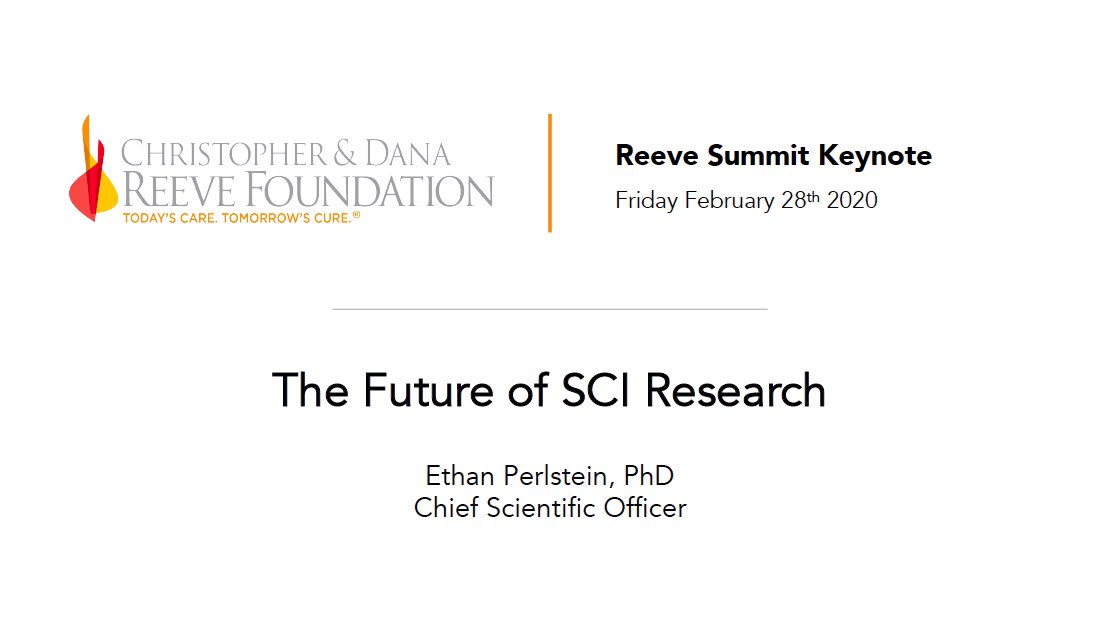
We imagine this distribution looks similar for other SCI funders.


SBIRs/STTRs are supposed to help bridge that gap but these funding mechanisms are not exclusively SCI-focused.


We believe that @ReeveFoundation, whose brand and reach are already global, can play a unifying leadership role here.






Here’s a preview from our friends at @JDRF of what could happen for the SCI community after the completion of a roadmap t1dfund.org
Feedback encouraged!




















